Travel has exploded in ways nobody could have predicted back in the mid-1990s. What used to be hidden gems discovered by adventurous backpackers have transformed into Instagram hotspots packed with tour groups and selfie sticks. The rise of budget airlines, social media, and globalization has made the world more accessible than ever before, but it has also fundamentally changed the character of many beloved destinations.
Some places have simply been loved to death, while others have lost their authentic charm to mass tourism and overdevelopment. Here is a list of 20 vacation spots that many seasoned travelers agree were significantly better three decades ago.
Bali, Indonesia
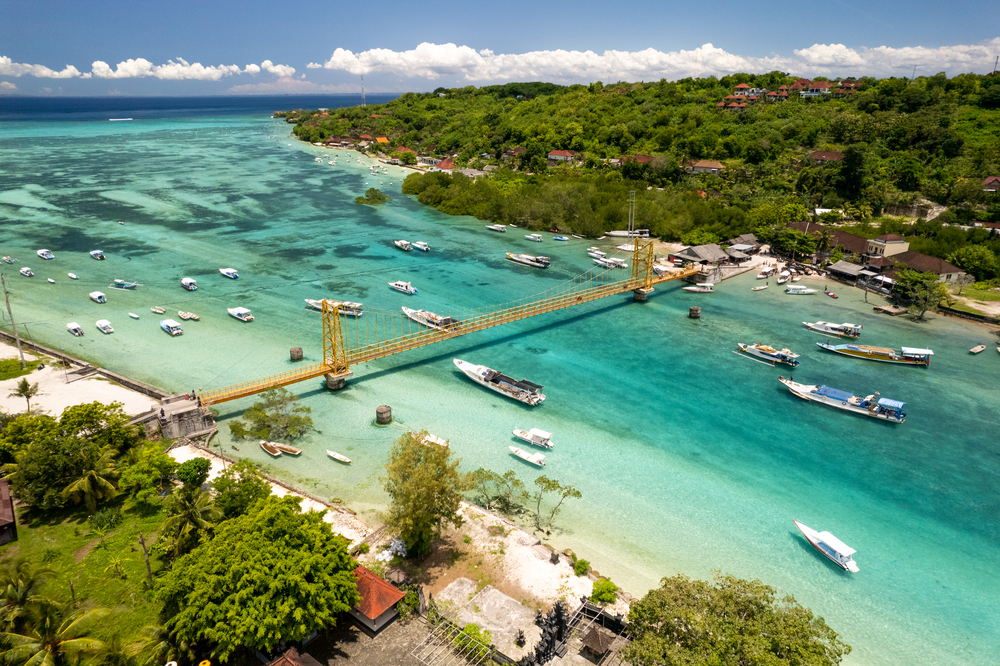
Bali in the 1990s was a magical place where you could find empty beaches, affordable local warungs, and genuine cultural experiences without having to fight through crowds. The island still maintained its spiritual essence, with rice terraces stretching endlessly and traditional villages operating much as they had for centuries.
Today, traffic jams plague the main tourist areas, luxury resorts have replaced many local businesses, and finding an uncrowded beach requires serious effort and local insight.
Santorini, Greece

This volcanic island was once a peaceful retreat where you could watch spectacular sunsets from Oia without being surrounded by hundreds of cruise ship passengers. The narrow streets were charming and walkable, local tavernas served authentic Greek food at reasonable prices, and the overall vibe was relaxed and romantic.
Now, the island gets so overcrowded during peak season that local authorities have had to implement visitor limits, and many of the traditional businesses have been replaced by tourist-focused shops selling overpriced souvenirs.
Like Travel Pug’s content? Follow us on MSN.
Venice, Italy
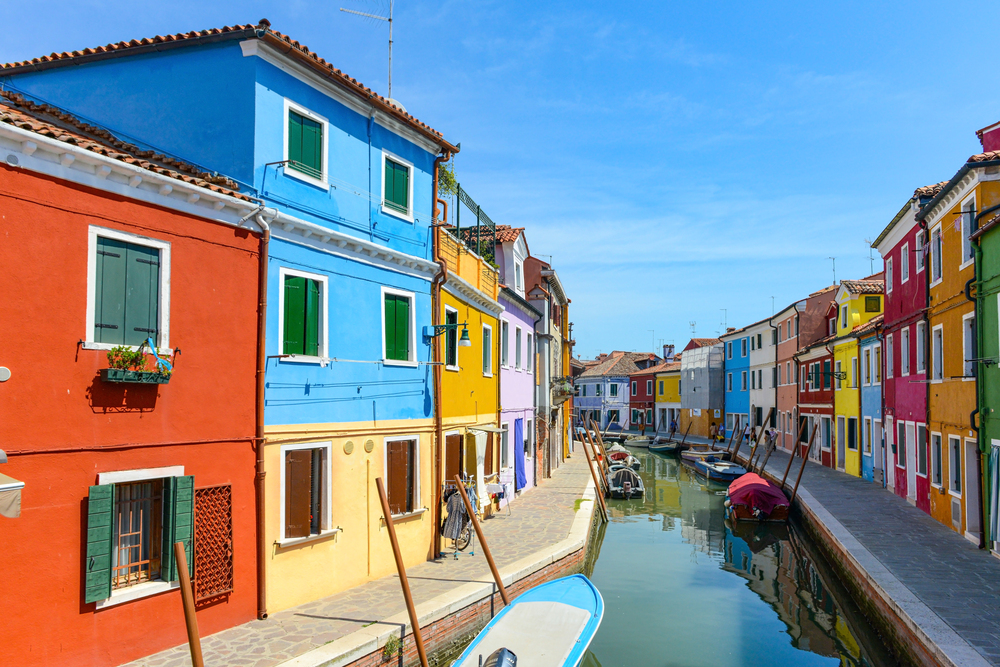
Venice, thirty years ago, still felt like a living, breathing city where locals went about their daily lives among the canals and bridges. You could wander through quiet neighborhoods, discover hidden trattorias, and experience the city’s unique atmosphere without constantly dodging tour groups.
The city has since become so overwhelmed with day-trippers that many locals have moved away, traditional businesses have closed, and the authentic Venetian way of life has largely disappeared from the main tourist areas.
Machu Picchu, Peru
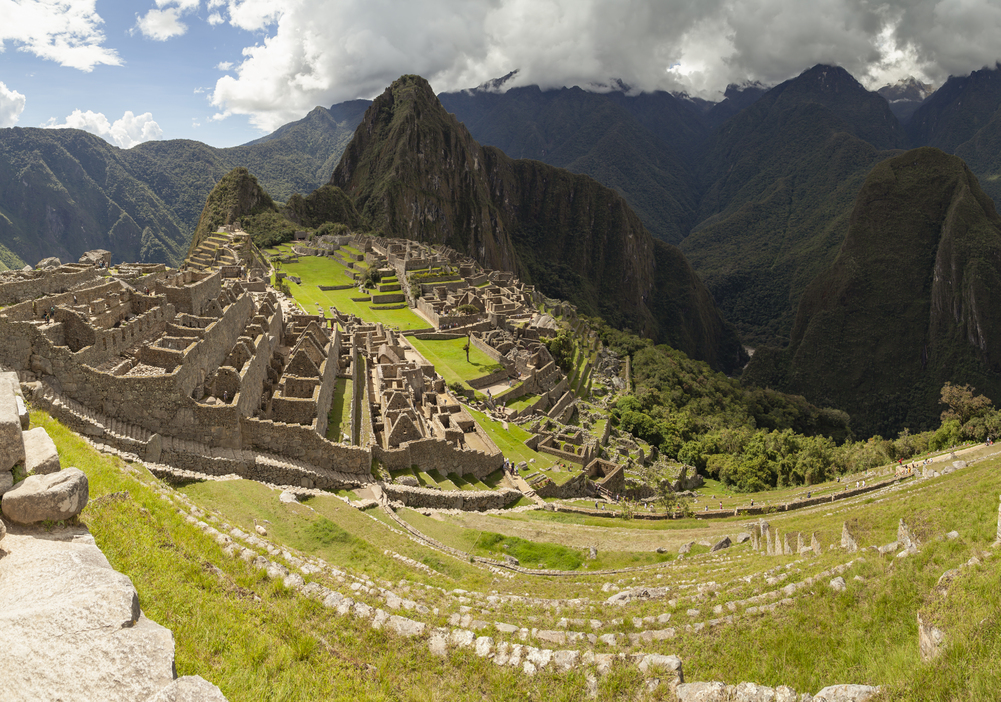
The ancient Inca citadel was once accessible to anyone willing to make the trek, and you could explore the ruins with a sense of discovery and wonder. The classic Inca Trail wasn’t overcrowded, and you could often find yourself alone with these incredible ruins, especially if you arrived early in the morning.
Today, visitor numbers are strictly limited, reservations are required months in advance, and the experience has become much more regulated and expensive.
Bangkok, Thailand
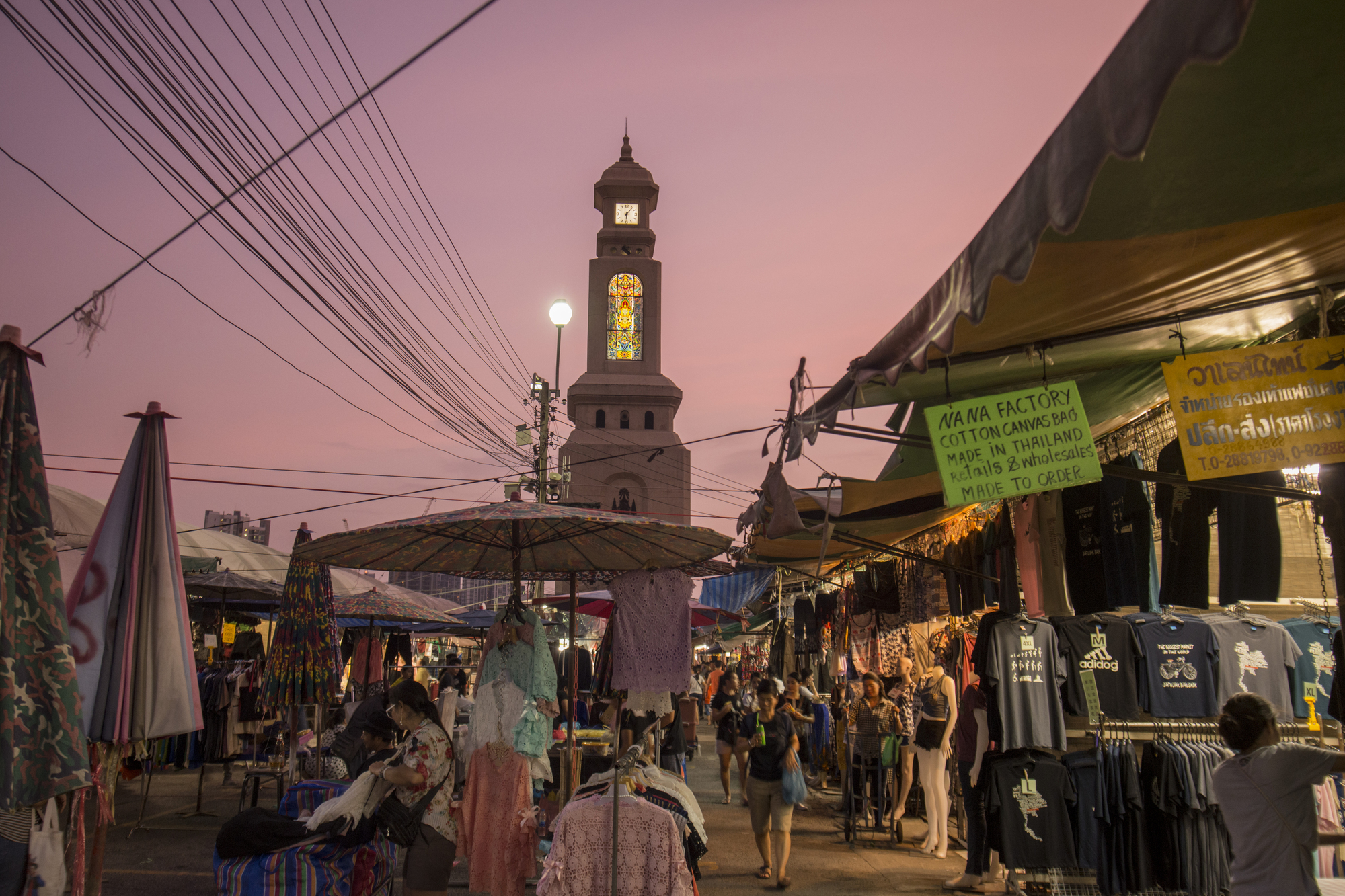
Bangkok in the 1990s was an exotic adventure where street food culture thrived, tuk-tuks were the primary mode of transportation, and the city retained much of its traditional Southeast Asian character. The floating markets were authentic local experiences, and you could explore temples and neighborhoods without massive tourist crowds.
The city now struggles with severe air pollution, traffic congestion, and rapid development that has led to the loss of many historic neighborhoods.
Like Travel Pug’s content? Follow us on MSN.
Goa, India
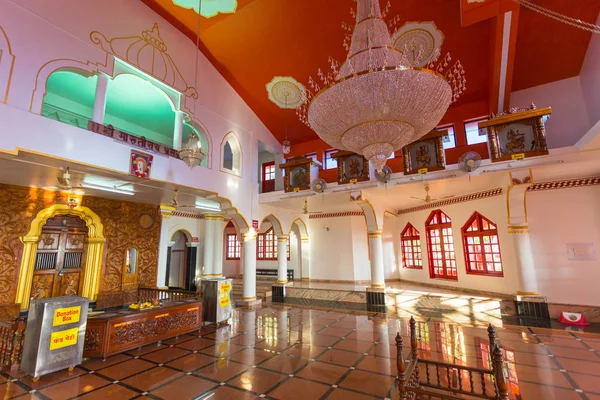
Goa was the ultimate backpacker paradise where you could rent a beach hut for almost nothing, enjoy fresh seafood prepared by local families, and experience a laid-back hippie culture that had persisted since the 1960s. The beaches were pristine, the local community was welcoming, and the whole state had a relaxed, alternative vibe.
Mass tourism and rapid development have since transformed many areas into crowded resort destinations, and the authentic local culture has been largely commercialized.
Ibiza, Spain

Before it became synonymous with mega-clubs and celebrity DJs, Ibiza was a Bohemian island where artists, writers, and free spirits gathered in small villages and secluded beaches. The music scene was underground and authentic, local restaurants served simple but delicious Mediterranean food, and the island maintained its traditional Spanish character.
The transformation into a global party destination has driven up prices dramatically and changed the entire atmosphere of the island.
Key West, Florida

Key West in the 1990s retained much of its quirky, laid-back character as the southernmost point of the continental United States. The local culture was dominated by fishing, writing, and a general ‘live and let live’ attitude that made it feel like a tropical small town.
Cruise ships now regularly bring thousands of day-trippers onto the island, chain restaurants have replaced many local establishments, and the cost of living has priced out many of the colorful locals who gave the place its unique character.
Like Travel Pug’s content? Follow us on MSN.
Tulum, Mexico
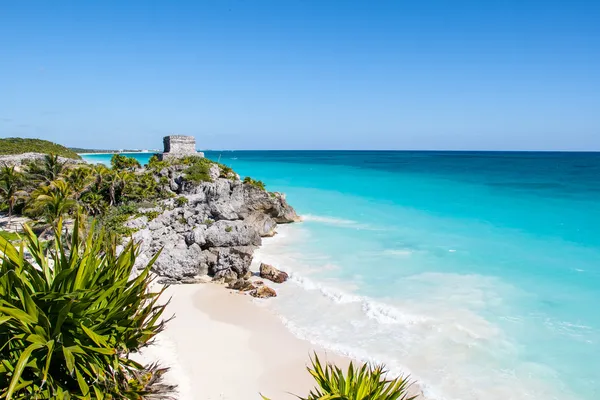
Tulum was once a hidden gem where eco-conscious travelers could stay in simple beachfront cabanas, explore Mayan ruins without crowds, and experience authentic Mexican culture. The area was largely undeveloped, with pristine beaches, cenotes that felt like hidden swimming spots, and a genuine connection to the local community.
Instagram fame has transformed Tulum into an expensive destination packed with boutique hotels, and the infrastructure hasn’t kept up with the rapid growth.
Mykonos, Greece

Mykonos, thirty years ago, was a charming fishing island where you could enjoy beautiful beaches, traditional Greek architecture, and a relaxed island lifestyle. The nightlife existed but was more intimate, and you could easily find quiet spots to enjoy the Mediterranean sunshine.
The island has since become a playground for the wealthy, with beach clubs charging astronomical prices, massive cruise ships dominating the harbor, and the traditional way of life largely replaced by tourism-focused businesses.
Dubrovnik, Croatia
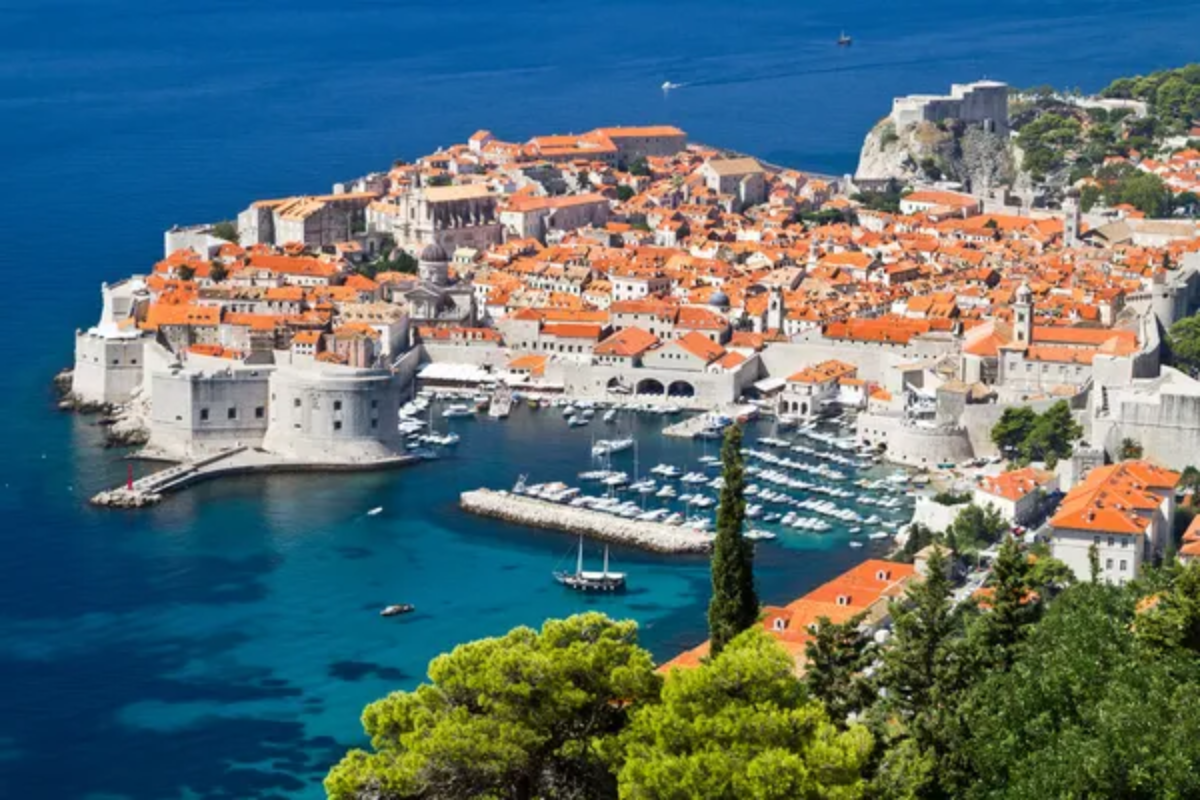
This medieval walled city was once a well-kept secret where you could walk the ancient streets and enjoy the Adriatic coastline without massive crowds. The local culture was authentic, prices were reasonable, and you could easily imagine yourself stepping back in time.
The ‘Game of Thrones’ effect has made Dubrovnik so popular that the city now limits daily visitors, and the historic center often feels more like a theme park than a living city.
Like Travel Pug’s content? Follow us on MSN.
Reykjavik, Iceland
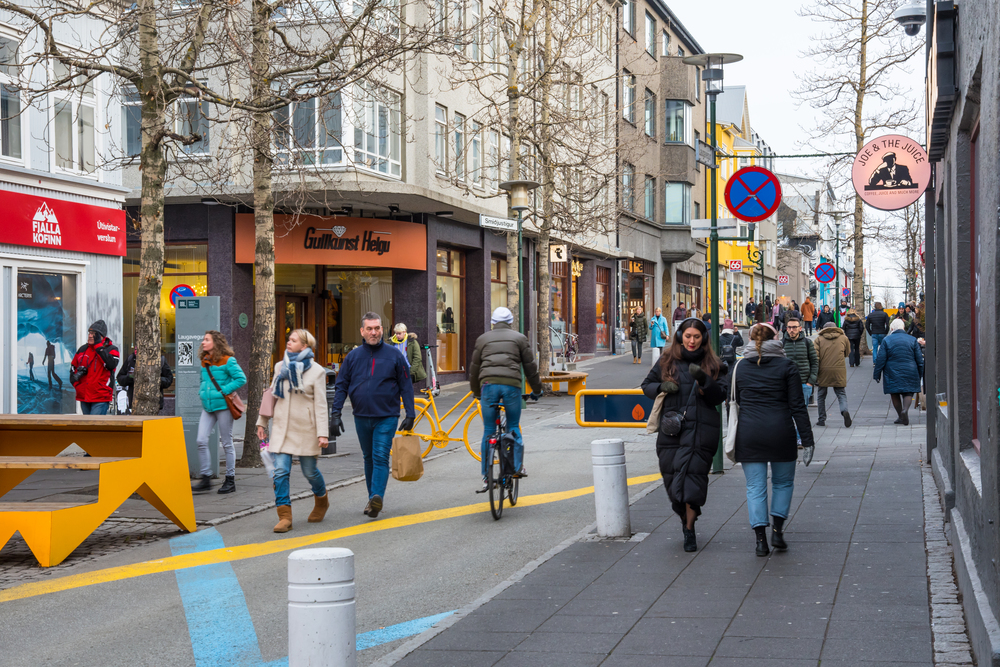
Iceland’s capital was once an offbeat destination for adventurous travelers seeking dramatic landscapes and unique Nordic culture. The country felt remote and unspoiled, with natural hot springs, glaciers, and waterfalls that you could often enjoy in solitude.
Social media has turned Iceland into a must-visit destination, and popular spots like the Blue Lagoon and famous waterfalls are now packed with tour buses and often require advance reservations.
Maya Bay, Thailand

This stunning beach became world-famous after appearing in ‘The Beach’ movie, but thirty years ago, it was just one of many pristine tropical bays in the region. You could visit by longtail boat, enjoy crystal-clear waters, and experience the kind of untouched natural beauty that makes Thailand special.
The bay suffered so much damage from mass tourism that authorities had to close it completely for several years to allow the ecosystem to recover.
Boracay, Philippines
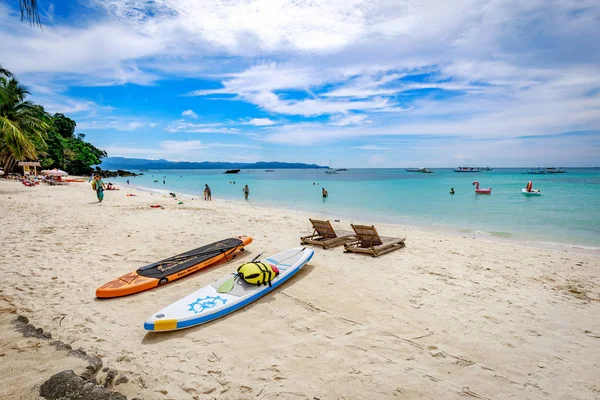
Boracay was once a paradise island where budget travelers could enjoy some of the world’s most beautiful beaches without the crowds or high prices. The local culture was welcoming, the food was authentic and affordable, and the white sand beaches stretched for miles with plenty of room for everyone.
Overdevelopment and pollution became so severe that the Philippine government had to temporarily close the entire island to tourists for environmental rehabilitation.
Like Travel Pug’s content? Follow us on MSN.
Cancun, Mexico

Cancun, thirty years ago, was still developing as a resort destination, but it maintained much more of its Mexican character and natural beauty. The beaches were less crowded, local restaurants served authentic cuisine, and you could easily explore nearby Mayan ruins and cenotes without tour groups.
The city has since become a massive resort complex where all-inclusive hotels dominate the landscape, and finding authentic local experiences requires venturing far from the tourist zone.
Phuket, Thailand
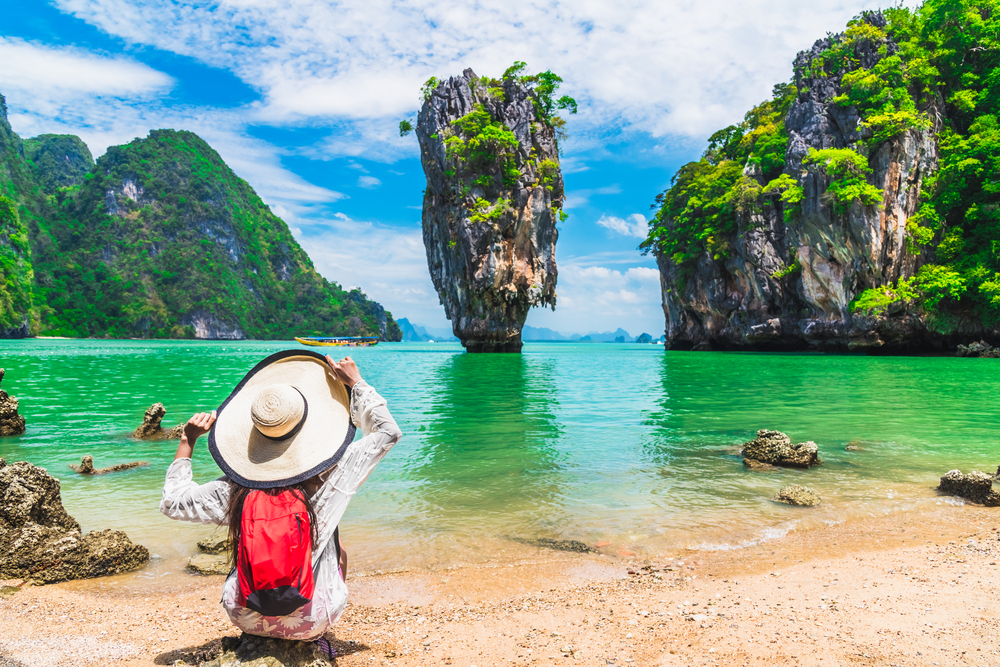
Phuket was once a tropical island where you could find secluded beaches, authentic Thai culture, and affordable accommodations ranging from simple guesthouses to mid-range hotels. The island maintained its fishing village character, local markets were genuine community gathering places, and the pace of life was relaxed and welcoming.
Mass tourism has transformed much of the island into a resort destination, and many of the traditional communities have been displaced by tourism development.
Cabo San Lucas, Mexico
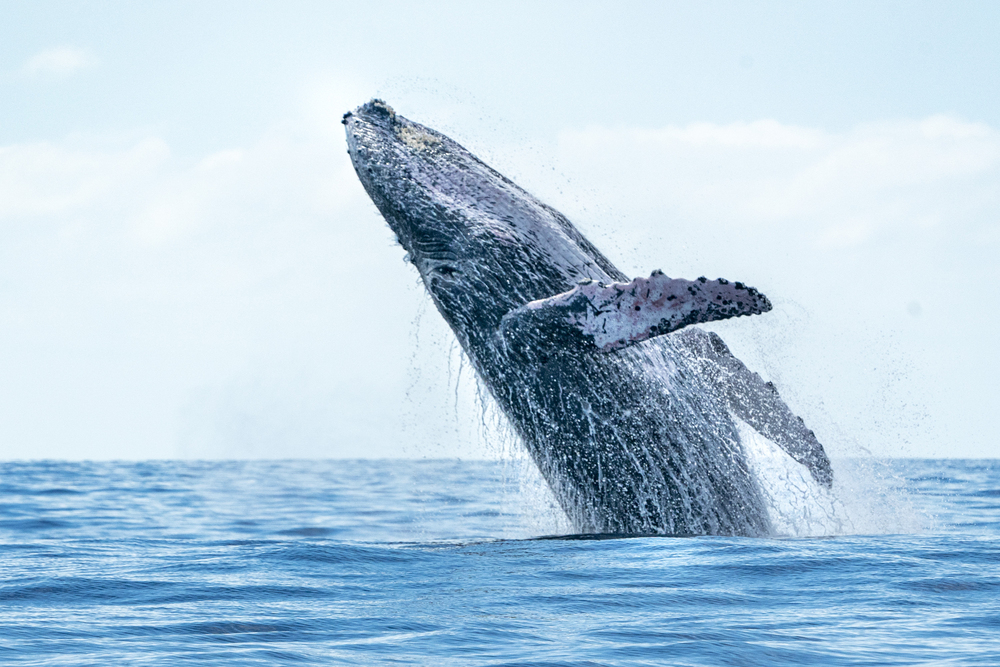
Cabo was originally a fishing village at the tip of Baja California, where you could enjoy world-class sport fishing, beautiful desert landscapes, and authentic Mexican culture. The town was small and manageable, local restaurants served fresh seafood, and the overall vibe was relaxed and unpretentious.
The transformation into a luxury resort destination has driven up prices significantly, and much of the authentic local culture has been replaced by tourist-focused businesses.
Like Travel Pug’s content? Follow us on MSN.
Positano, Italy
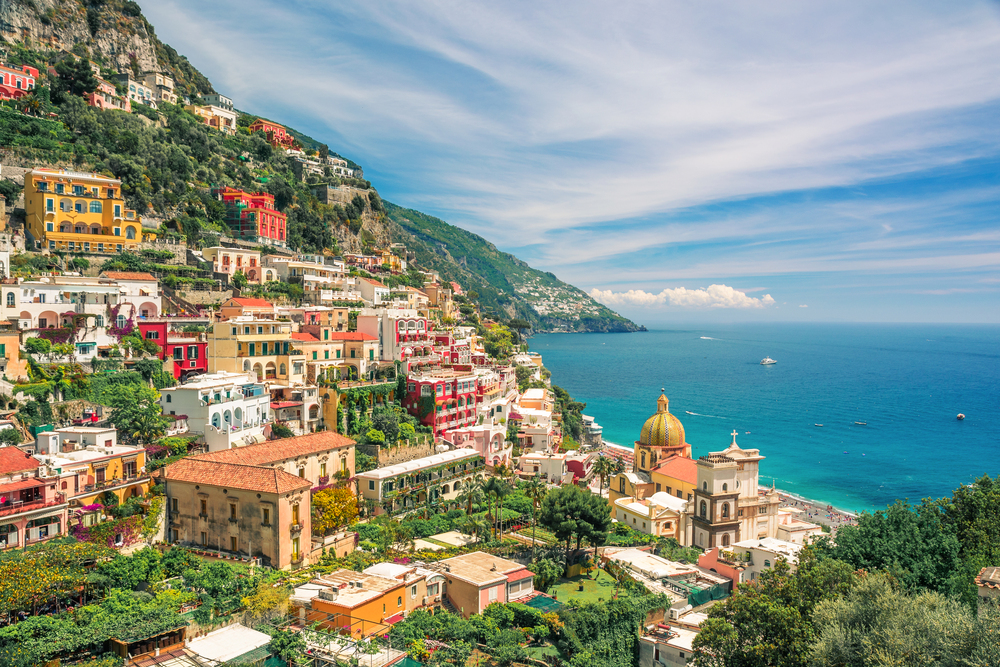
This picturesque coastal town was once an accessible destination where you could enjoy stunning Amalfi Coast scenery without breaking the bank. The colorful houses cascading down to the sea created a romantic atmosphere, local restaurants served traditional Italian dishes, and you could find reasonably priced accommodations.
Positano has since become so expensive and crowded that many visitors can only afford a brief day trip, and the authentic local culture has been largely commercialized.
Hallstatt, Austria
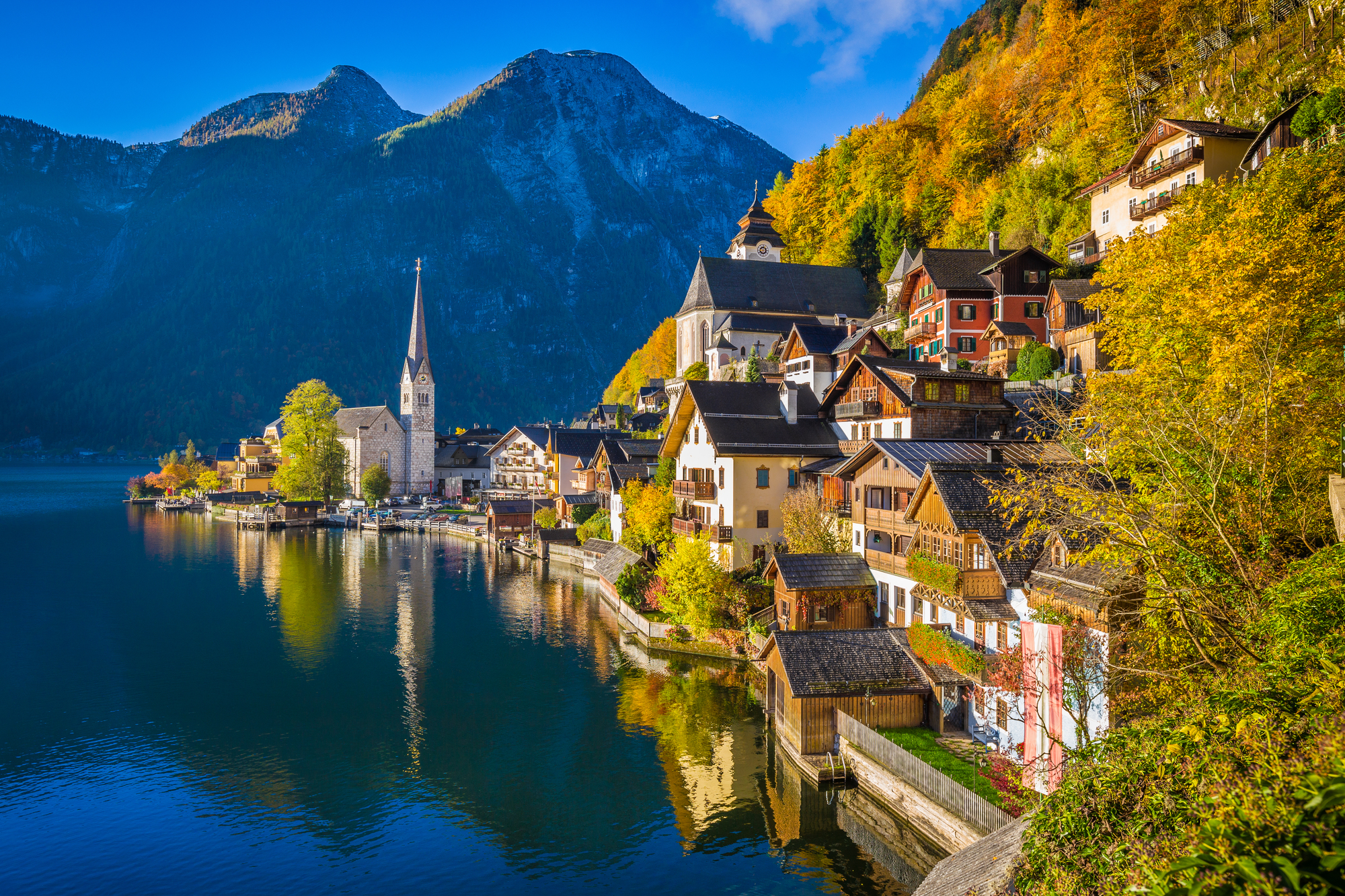
Hallstatt was a quiet Alpine village where you could enjoy traditional Austrian culture, beautiful mountain scenery, and a peaceful lakeside setting. The town maintained its historic character, local shops served the community, and visitors could experience authentic Central European mountain life.
Social media fame has brought so many tourists that the small village can barely handle the crowds, and local authorities have had to implement measures to control visitor numbers.
Cinque Terre, Italy
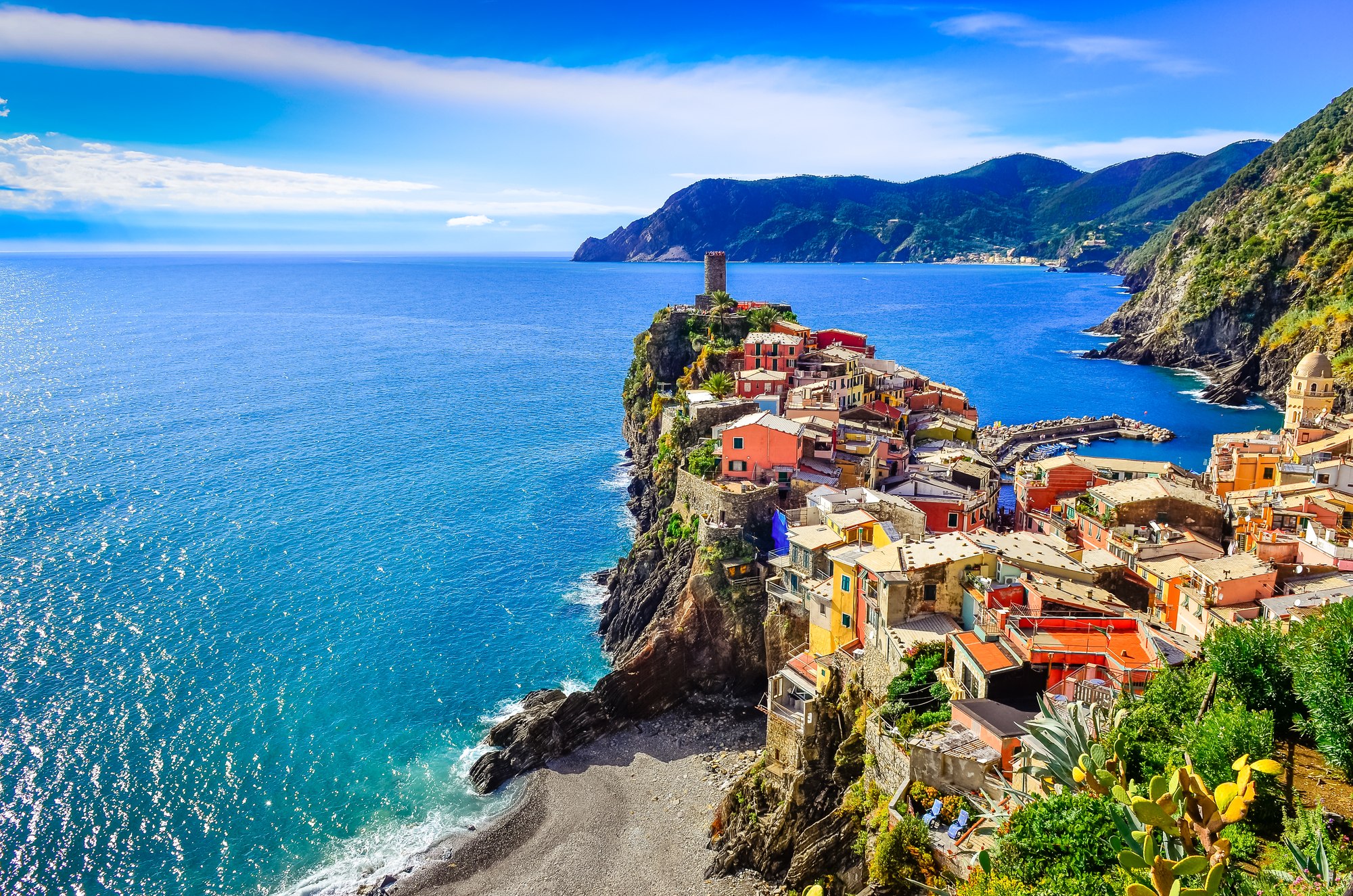
These five coastal villages were once connected by hiking trails that offered spectacular views and authentic Italian coastal culture. Each village maintained its unique character, local restaurants served simple but delicious food, and the trains that connected them were used primarily by locals.
The area has become so popular that the hiking trails are often overcrowded, restaurants cater primarily to tourists, and the authentic local way of life has been significantly impacted by mass tourism.
Like Travel Pug’s content? Follow us on MSN.
When Paradise Lost Its Way
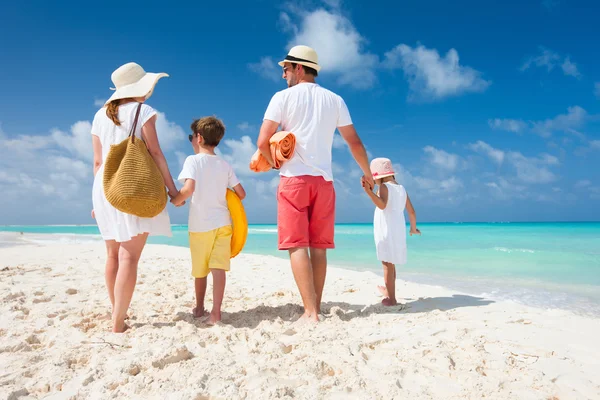
The transformation of these destinations over the past thirty years reflects broader changes in how we travel and experience the world. Social media has turned hidden gems into must-see attractions overnight, budget airlines have made international travel accessible to millions more people, and the rise of global tourism has fundamentally altered the character of many beloved places.
While these changes have brought economic benefits to many communities, they’ve also created new challenges around sustainability, authenticity, and the preservation of local culture. The destinations that thrive in the future will likely be those that find ways to balance tourism growth with environmental protection and cultural preservation, learning from the cautionary tales of places that were simply loved too much.
More from Travel Pug

- 20 Best Beach Towns in the Carolinas
- 13 Destinations Where Tourists Regularly Regret Their Trip
- 20 Things You Actually Get in First Class
- 20 Small Airports With Aviation Museums
- 20 Places in the U.S. That Are Perfect for a Reset Trip
Like Travel Pug’s content? Follow us on MSN.
